Women in Media
Gender imbalances across various forms of media, and behind the scenes sexism.
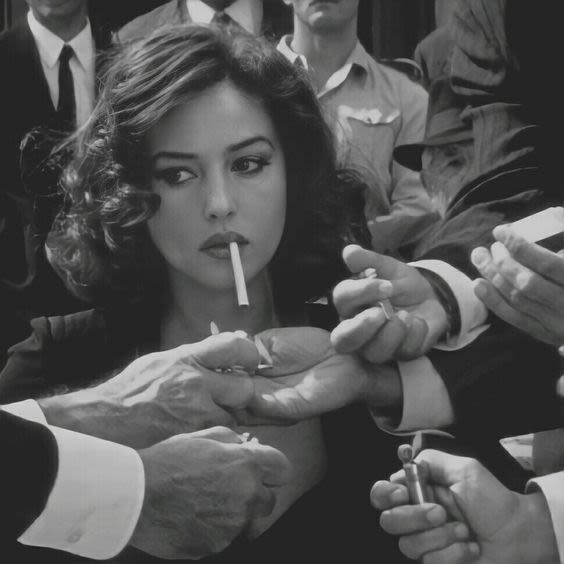
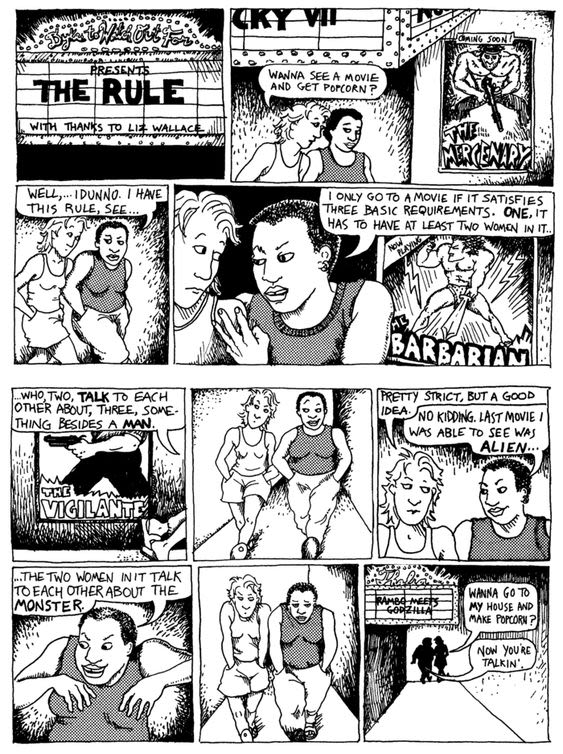
The Ironic Necessity Of The Bechdel Test
The Bechdel Test created by Alison Bechdel, is designed to measure whether a film meets 3 basic expectations regarding female inclusion.
The requirements for this test you ask?
1. At minimum, there must be two female characters.
2. They must talk to each other.
3. Their conversation needs to be about something other than a man.
(Friedman, Daniels, & Blinderman)
Although this test aims to reduce male bias in the media industry, I think it's incredibly telling that such a test has had to be made in the first place. In recent years, the film industry has been pushed to promote more prominent female presence in media, however we cannot deny that there is still an immense lack of gender representation, hence why the Bechdel Test remains to be utilised today. This test emphasises the archaic gender stereotypes that are consistently being practiced in the film industry to this day. It is stated that around 40% of films fail the Bechdel test (Friedman, Daniels, Blinderman). Authentic female representation and character development is something I highly recommend the film industry start striving for, we are in 2023, not the 1900's!
Movies that Failed the Bechdel Test
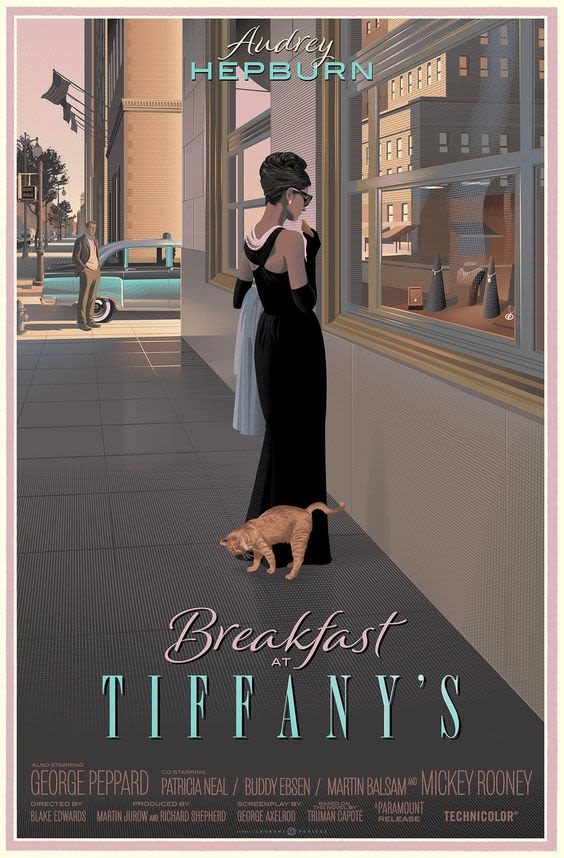
Breakfast at Tiffany's
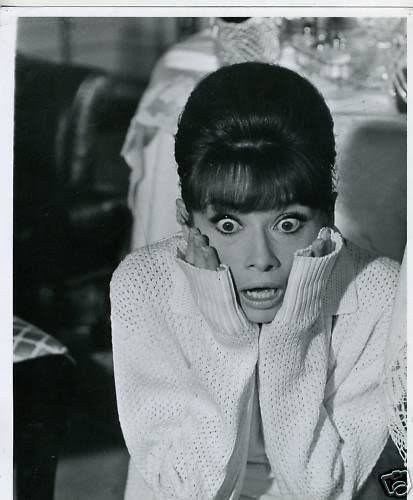
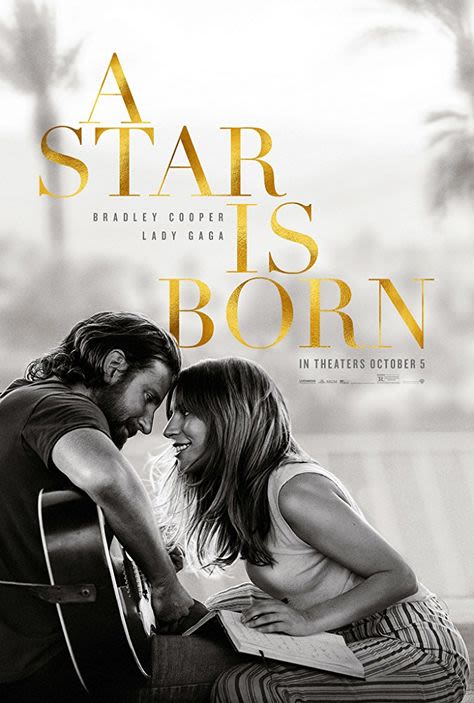
A Star Is Born
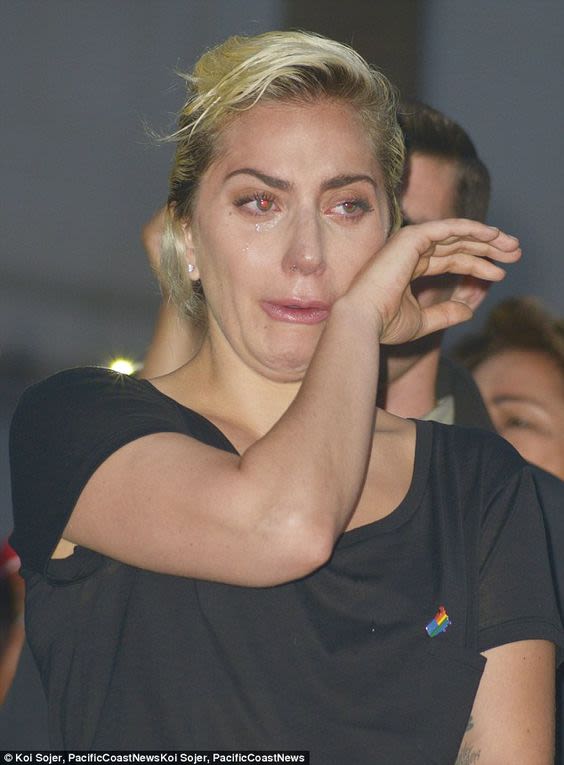

Shrek

The influence of the Kardashian-Jenner ever changing body on societies image expectations
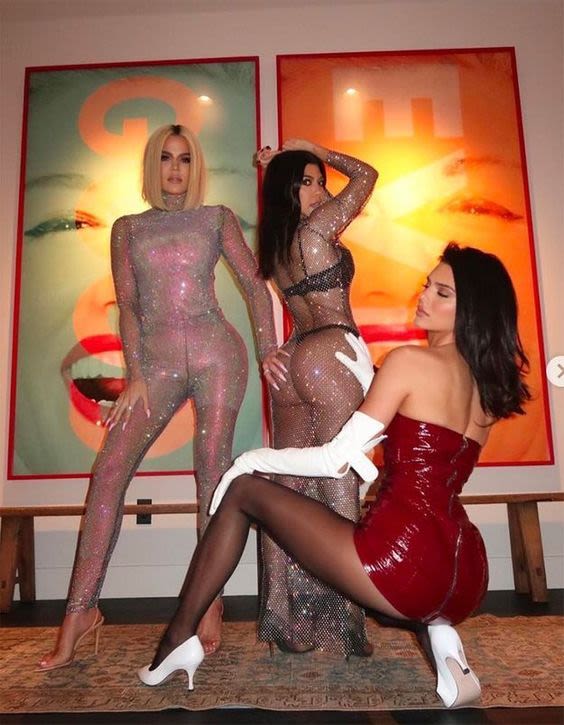

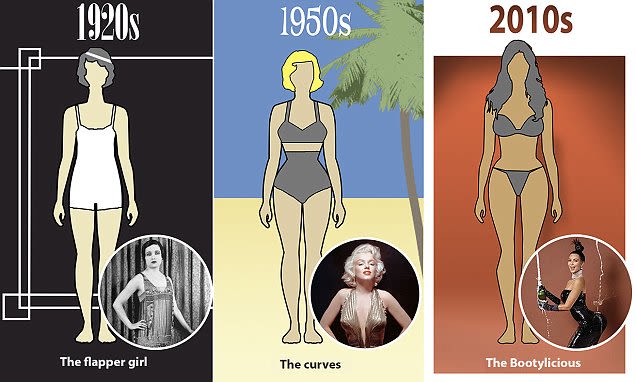



The Kardashian- Jenner family are easily one of the most influential families in the spotlight, specifically in regards to body image. It is no secret the family have altered their body image and appearance drastically over the years. Originally, they promoted the body type of extreme curves, but a skinny waist was essential. However, nowadays being thinner and losing weight around your hips is the new target. The global interest in the Kardashian- Jenners' presentation is encouraged by the families denial of any cosmetic procedures (Lang, C., 2023). The family has been criticized for perpetuating toxic beauty practices such as photoshop, unhealthy dieting, and excessive exercise, but the main issue with the sisters is the fact they claim that their unattainable body image is due to exercise and dieting alone (Lang, C., 2023). This is gaslighting society into believing whatever they are doing is not enough, they need to eat less and exercise more to achieve this 'natural' look, when in reality many surgeons have stated the Kardashians-Jenner appearance is maintained with cosmetic surgeries. My primary concern with this narrative is the impact on vulnerable young girls who have not yet discovered the means of self love, and can be easily swayed into this unrealistic way of living, resulting in them practicing eating disorders and an unhealthy relationship with body image. The Kardashian sisters use their appearance to fuel their brand and capitalise off of societies fascination with them. From Kylie's Lip kits, to Kim's shape-wear apparel, or Khloe's Good American Denim, they utilise their primary source of fame to give people the opportunity to conform to this unattainable, yet desired way of life. Ultimately, the family massively contribute to toxic beauty standards purely because of their standpoint, denying multiple cosmetic procedures and reinforcing a precarious standard of beauty. Society should acknowledge this unattainable expectation and endorse conversations that aid in a more known approach to appearance and body image.
Women in Popular Media
Popular media such as music, pornography, film/movies animation and Children's Classics promote sexist ideologies and degrade women.
Music
The music industry has a major impact on the way women are viewed in society, with popular music reinforcing gender roles and stereotypes. Women in music are portrayed as submissive, naive and in need of male adoration, love and protection (Bretthauer, Zimmerman, & Banning, 2007).
There is also significantly more pressure on female artists to be 'performers', to have stage presence and to dance, as well as to dress and act a certain way that conforms to societal expectations and the male gaze.
Music videos are a further inequality in the music industry, portraying women in an oversexualised manner. Mainstream rappers often brag in their songs about having lots of 'hoes', and derogatory language is often aimed at women. The rap genre is oftened singled out by researchers for its misogyny (Bretthauer, Zimmerman, & Banning, 2007). There is also a heavy fetishization of lesbians in pop and hip hop, for example Drake's 2021 track 'Girls Want Girls' or Jack Harlow and Chris Brown's song 'Already Best Friends' which have lyrics sexualising lesbians and invalidating lesbian as a sexuality.
Some female artists attempt to reclaim control over objectification by sexualizing themselves, but at the end of the day catering to the male gaze is still reinforcing negative stereotypes of women, and something needs to change.
Film and Movies
We have all seen the classic ways in which women are sexualised though film, and the way movies objectify women to cater to the male gaze.
Women are underrepresented on screen, dismissed as side characters and love interests,
Women are often sexualised for the viewing audience, their objectification is not limited to the characters on screen. For example, take Harley Quinn in Suicide Squad (2016) having a completely unnecessary scene where she strips for the camera, and the iconic 'body pan' shot of her naked torso is a perfect example of her conforming to the male gaze, her body put on display for the audience.
Pornography
The porn industry objectifies and sexualises women, reinforcing unnatural beauty ideals, and caters to a male audience. Porn normalises violent sex, choking, gagging, spanking, almost always violence perpetrated by men against women (Vera-Gray, McGlynn, Kureshi, & Butterby, 2021). This type of violence is found in mainstream porn, commonly found across porn sites, and normalises an uneven power dynamic, and aggression towards women. This violence in porn is rapidly escalating, with one study finding that best-renting pornography films contained nearly three times the rates of aggression than rates previously reported (Chyng, Bridges, Wosnitzer, Scharrer, & Liberman, 2008).
Putting women in a submissive role in the bedroom translates to a submissive role outside of sex, and the objectification of women for male pleasure strengthens the idea that sex is for men, and that women do not have sexual needs.
Porn consumption also leads to increased body image dissatisfaction, which results in disordered eating, increased use of plastic surgery (eg breast implants, labiaplasty) which further pushes unrealistic beauty ideals on women (Vera-Gray, McGlynn, Kureshi, & Butterby, 2021).
Animation and Children's Classics
A common trope in many children's movies is an absent or dead mother (for example, Cinderella, The Little Mermaid, Beauty and the Beast to name a few). This is due to anxieties around a nurturing female presence, which is often replaced by an 'evil step-mother', a trope that casts women in a negative light. There is a lack of favourable representation of mothers, or even an inclusion of them at all (Henneburg, 2010). However, a common portrayal of women in children's classics would be grandmothers, which fall under three main categories:
1) selfish, evil, or vain crones
2) self-sacrificial women-saviors
3) ineffectual or demented grannies
(see Henneburg, 2010).
These negative stereotypes degrade women, encouraging agism and sexism.
Anime is another genre of children's media that underrepresents and sexualises women. Anime women are more likely to be portrayed as 'curvaceous and provocative' (Reysen, Katzarska-Miller, Plante, Roberts, & Gerbasi, 2017). Female characters tend to be side characters, as love (or lust) interests for the protagonist.
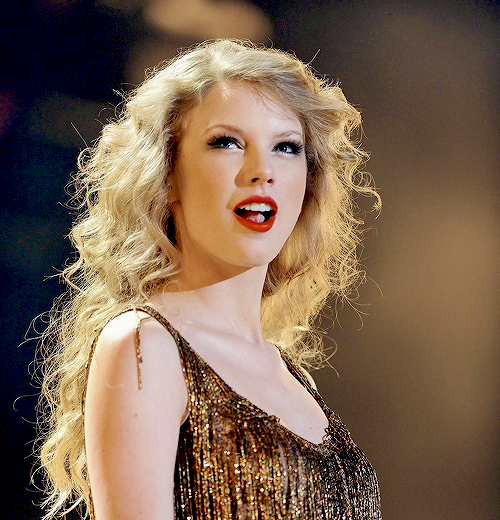


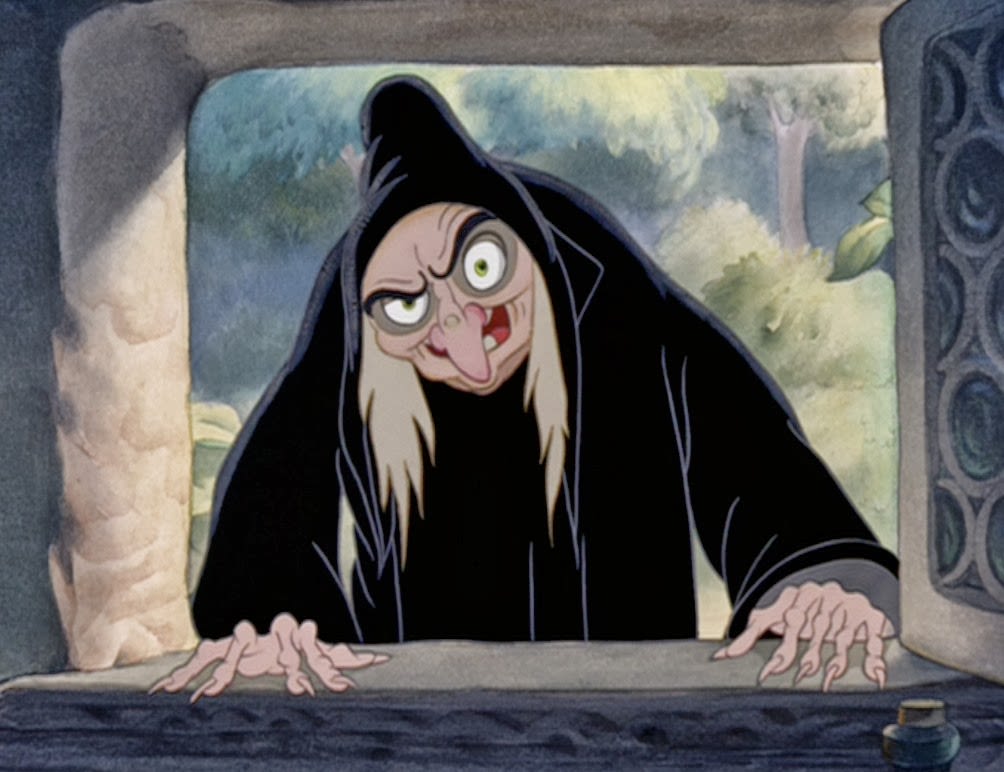
Women in Advertising:
how advertising portrays women in their media, and the affect this has on female audiences

Women in Advertising
The advertising industry portrays women in a degrading way, placing them in motherhood roles and limiting them to the domestic sphere, while men are portrayed in leadership roles, as business men and sports players.
Research has found the portrayal of women in advertising limited to household settings, relationship roles, sexual objectification, decorative roles, and highlighted the submissive, objectified nature of women (Sharma & Bumb, 2021). These portrayals of women reinforce negative stereotypes of women and their place in society, and limit them to the domestic sphere, perpetuating harmful views.
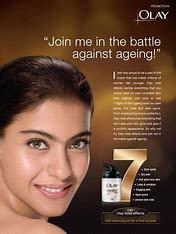
Women Targeted by Advertising
Advertising pushes unattainable societal beauty standards that affect the self-esteem of women. Advertising reinforces negative gendered stereotypes, and causes body image issues in women (Mackay & Covell, 1997).
Beauty standards such as being young, thin, white are idealised by media advertising, and this is harmful to women, many of whom don't fit these unattainable, unrealistic standards. The high scale distribution of mass media everywhere results in a subconscious internalising of these beauty standards, which gives young girls low self esteem, body image issues such as eating disorders, an increase in appearance anxiety and body shame (Amalia, Andani, & Guteres, 2023).
Behind the Scenes Sexism
The underrepresentation of women as directors, producers, cameramen etc. is an ongoing issue across all media industries.
The average funding for a film directed by a female is less than for a film directed by a male, as well as disproportionate publicizing, advertising and producing (Raveney, Moldaschl, & Koblitz, 2018). Females are routinely shut out of studio film projects, often due to a perceived 'lack of experience', and gendered hiring practices ensure that it is predominantly males being hired to work on film (Donoghue, 2017).
The lack of female directors and producers leads to an unconscious assumption that men are better directors, and the lack of female role models and mentors means that women are less likely to consider directing as a job (Raveney, Moldaschl, & Koblitz, 2018). The overrepresentation of male film directors also creates a toxic working environment, both real and percieved, in which many women feel uncomfortable working.
There is a disproportionate amount of pressure on female directors, while major studios continue to make superhero films starring white male leads, directed by men each year, with varying financial results and critical reception (Donoghue, 2017).
There is also a disproportionate amount of male porn directors compared to female, with porn being made by men for men, using women as a tool in order to attract a male audience. Female directors adopt misogynistic practices and violent sex in order to survive in a male dominated industry, and in order to appeal to a male audience (Wright, Sun, Steffan, & Tokunaga, 2014).

References
Amalia, F. A., Andani, A. R., & Guteres, A. D. (2023). The Perception of Young Women towards Beauty Value in Beauty Advertisements. Journal of Marketing Innovation, 1-12.
Bretthauer, B., Zimmerman, T. S., & Banning, J. H. (2007). A Feminist Analysis of Popular Music. Journal of Feminist Family Therapy , 29-51.
Chyng, S., Bridges, A., Wosnitzer, R., Scharrer, E., & Liberman, R. (2008). A Comparison of Male and Female Directors in Popular Pornography: What Happens when Women are at the Helm. Psychology of Women Quarterly 32 (3).
Donoghue, C. B. (2017). Gendered expectations for female-driven films: risk and rescue narratives around Warner Bros.’ Wonder Woman. Feminist Media Studies 22 (3), 485-501.
Garcia, D. W. (2014). Gender asymmetries in reality and fiction: The Bechdel Test of social media. Proceedings of the International AAAI Conference on Web and Social Media, 8(1), 131-140.
Henneburg, S. (2010). Moms do badly, but grandmas do worse: The nexus of sexism and ageism in children's classics. Journal of Aging Studies Vol. 24, 125-134.
Lang, C. (2023, July 28). Not Even the Kardashians Can Keep Up With Their Unrealistic Beauty Standards. Retrieved from Time: https://time.com/6298911/kardashians-kylie-jenner-boob-job-beauty-standards/
Mackay, N. J., & Covell, K. (1997). The Impact of Women in Advertisements on Attitudes Towards Women. Sex Roles Vol.36, 573–583.
Raveney, F. H., Moldaschl, B., & Koblitz, A. (2018). Gender Inequality for Directors in the European Film Industry: Focus on Austria. In P. C. Murschetz, R. Teichmann, & M. Karmasin, Handbook of State Aid for Film. Springer Cham.
Reysen, S., Katzarska-Miller, I., Plante, C. N., Roberts, S. E., & Gerbasi, K. C. (2017). Examination of Anime Content and Associations Between Anime Consumption, Genre Preferences and Ambivalent Sexism. The Pheonix Papers Vol. 1 , 285-303.
Sharma, S., & Bumb, A. (2021). Role Portrayal of Women in Advertising: An Empirical Study. Journal of International Women's Studies Vol. 22, 236-255.
Sicardi, A. (2021, February 16). The Kardashian Effect: How they changed our beauty standards for better & worse. Retrieved from Allure: https://www.allure.com/story/the-kardashian-effect
Vera-Gray, F., McGlynn, C., Kureshi, I., & Butterby, K. (2021). Sexual Violence as a Sexual Script in Mainstream Pornography. The British Journal of Criminology Vol. 61, 1243–1260.
Wright, P. J., Sun, C., Steffan, N. J., & Tokunaga, R. S. (2014). Pornography, Alcohol, and Male Sexual Dominance. Communication Monographs, 252-270.
Hollywood’s Gender Divide and its Effect on Films. (n.d.). The Pudding. https://pudding.cool/2017/03/bechdel/#:~:text=On%20bechdeltest.com%2C%20a%20site,of%20films%20don't%20pass.
Before you continue to YouTube. (n.d.-b). https://www.youtube.com/shorts/dZQjfSdr7UU

